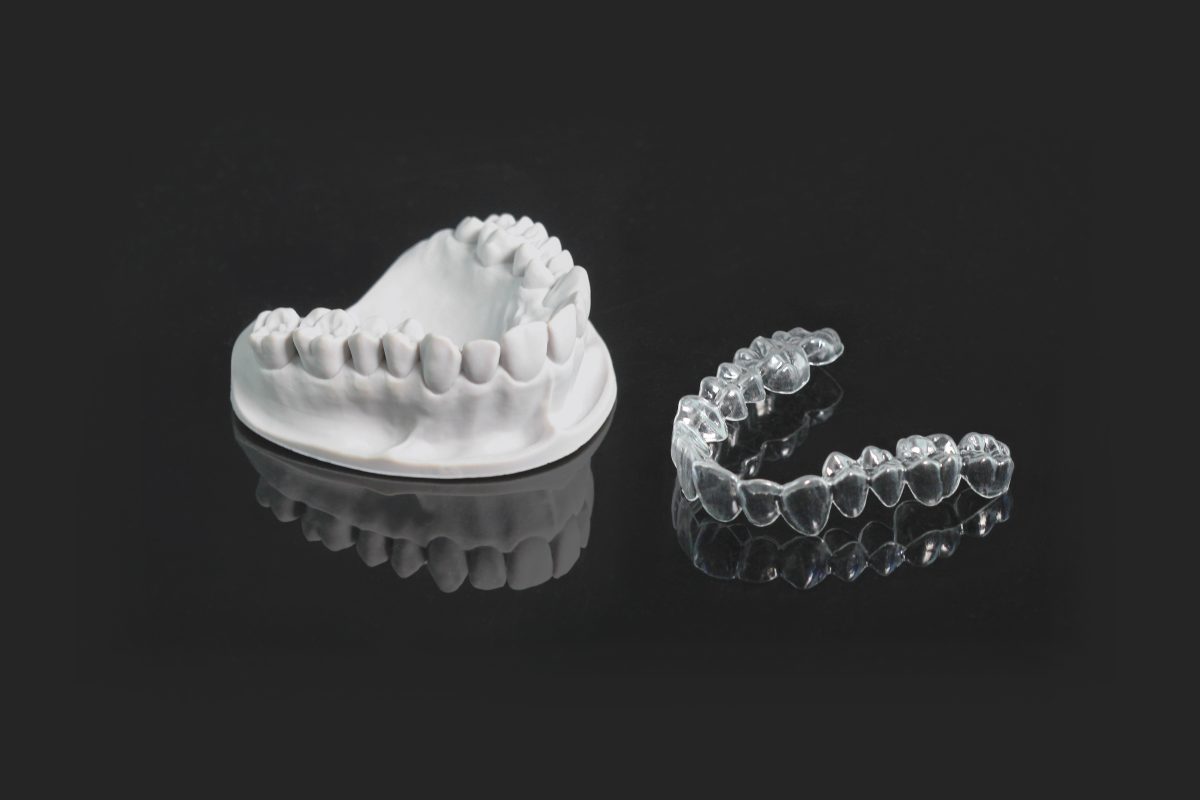In terms of dentistry and orthodontics, technology has started to move quickly: and for good reason. New treatments and procedures come out all the time, and established ones continue to advance. The final result of this is that patients can benefit from more complex technologies that offer safer and faster treatments with better outcomes.
Three technological advances in orthodontics include, orthodontic aligners, smaller more comfortable braces, and 3D imaging and digital scans.
And even though, all of these technologies have been around for a number years, those working on them have continued to develop beneficial advances.
1. Orthodontic aligners
The materials used for making aligners have undergone many technological advances over the years. Most notably the durability and flexibility of aligners has made it possible to use them on people who once were considered “not good candidates” because of jaw problems or lack of teeth (for example due to tooth loss).
There is also a trend towards using less invasive methods – only one set of custom-made trays instead of two sets like before. This way patients can keep their current dental hygiene routine almost intact while wearing the aligners.
2. Braces that are smaller and more comfortable
Smaller, more comfortable braces are the newest technological advancement in braces technology. Not only are they more comfortable to wear, but this new technology is also allowing patients an easier time with oral hygiene and less frequent appointments with their dentist.
The most common braces used today are metal wires held together by small elastic bands. This process has not changed much over the years, however, some advancements have been made that make them better for both orthodontists and patients alike.
One of these advances is creating smaller brackets which makes it easier for children who need braces to maintain good oral health throughout their treatment.
Many new brackets are smaller or less visible than older appliances were, allowing teeth to move without creating too much visibility at the same time.
3. 3D imaging and Digital Scans
Arguably one of the most important and beneficial technological advancements, digital scans are quickly becoming the go-to 3D imaging method for orthodontists.
Digital scans allow patients to see what their teeth will look like after treatment, helping them make more educated decisions about their care.
Digital scans also help reduce or eliminate guesswork in creating 3D models of a patient’s smile, providing dentists and orthodontists with an accurate visual representation of how they can achieve better results using braces and other corrective devices.
For example, digital scanning technology allows 3D images to be sent wirelessly from the CAD/CAM systems that create dental aligners directly into electronic medical records (EMRs).
This is able to eliminate errors that are typically associated with traditional processes such as faxing paper copies between offices, which often resulted in miscommunication and delays during treatment planning.
3D printing resins
With the rise in digital scans has come 3D printing resins that specifically made for the dental industry. These resins have a wide variety of uses including surgical guides, occlusal splints, modelling, and investment molds.
By using 3D printing resins your orthodontic practice, or dental lab, will be able to provide better applications with improved efficiency, profitability, and quality.
If you have any questions, or would like to order 3D printing resins, please get in touch with us today.
META DATA
SEO title: 3 Technological Advances in Orthodontics helping both patients and orthodontists
SEO meta-description: Here are 3 technological advances in orthodontics that are helping both patients with treatment, and orthodontists with providing the best quality treatment, profitability.


